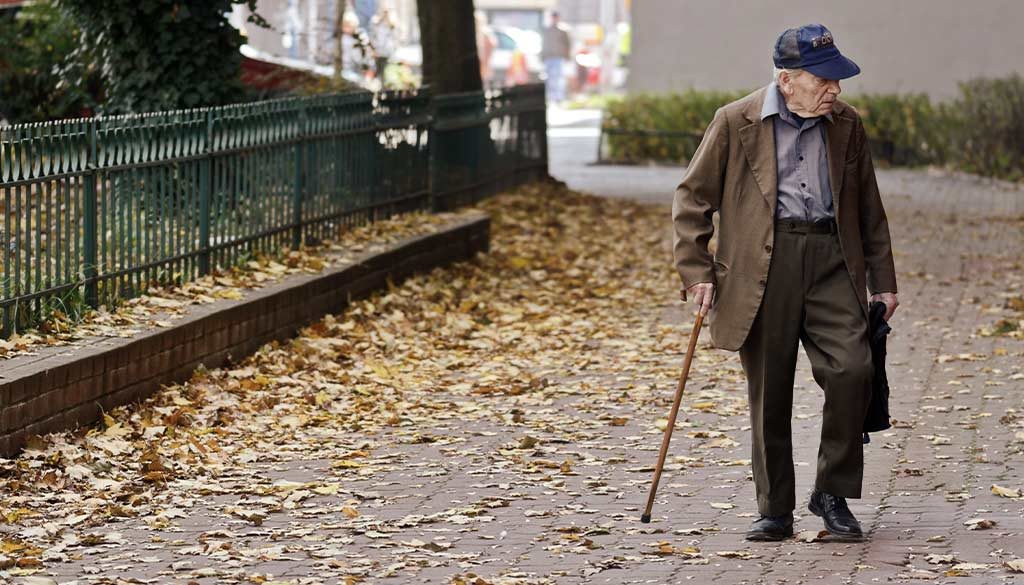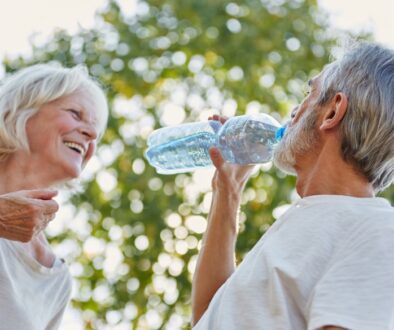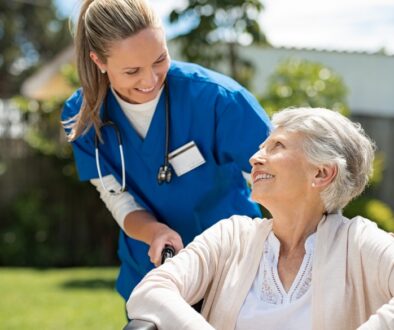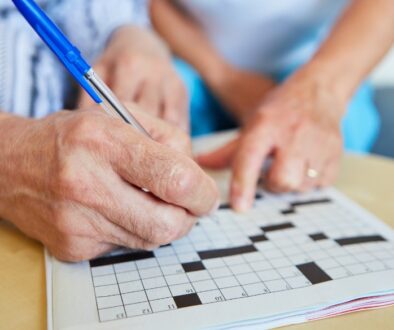Keeping At-Home Seniors Active
As people age, it’s inevitable that they begin to slow down, but this shouldn’t mean they cease to be active. Keeping fit and healthy in old age is important, for both physical health and emotional wellbeing, and finding ways to keep your loved ones active is a positive step in caring for them.
Staying active can help preserve a sense of independence too, as well as helping to lower the risk of heart disease, stroke, diabetes, depression, or dementia – all conditions associated with a sedentary lifestyle.
Whether activity involves a series of low-level movements that can be carried out from a comfy chair or just getting out of the house to clubs and social events, there are many ways to tailor the exercise to your loved one’s needs. Here are just a few suggestions to help keep your elderly relatives active and engaged in later life:
Daily Walking
Walking is a low-impact form of exercise, but an incredibly helpful one. Doctors recommend at least 150 minutes of moderate exercise a week, and a half-hour walk a day is an easy way to reach this target, almost without noticing.
Your loved one doesn’t even necessarily have to leave the house with the sole intention of ‘going for a walk’, as even a reasonably brisk stroll to the shops to buy a paper or to a local social club can all count.
It’s still important for those receiving elderly care – either at home or in a residential care home – that they try to do at least some walking, to help them stay active.
Staying Sociable
Joining a club or society is one of the most enjoyable ways of staying active. Special interest groups or community organizations run for the elderly can all help keep your aging parents moving and engaged, there are also specific groups for those living with dementia.
Many lay on games, afternoon teas and other sociable activities to enjoy. Staying active is as much about mental stimulation and flexing the mind as it is about keeping the body working.
Social engagement through a club or society can help stave off feelings of loneliness and depression and can be beneficial for those receiving dementia care or Alzheimer’s care.
Even those enjoying the companionship of a live-in carer should take advantage of an opportunity to get out and socialize on a regular basis, and their caregiver will almost certainly be able to help them find local groups and arrange to take them to meetings and get-togethers.
Keeping Up with Household Chores
One simple way to remain active is by keeping up with tasks around the home and garden. If your loved one receives care at home, either from a full-time live-in care assistant or through visits by domiciliary workers, encouraging them to participate in household chores can be a positive move. Many elderly people will want to do this anyway, as a way of maintaining a sense of independent living.
For those fortunate enough to be receiving private live-in care, their in-home care assistant will help out with tasks such as dusting, vacuuming, and laundry, but they will also encourage your loved one to get involved where they can.
If your elderly relative has a particular interest in baking, cooking or gardening, then their 24-hour at-home carer will also be keen to help them to pursue their hobby.
Making a Splash
Swimming is a gentle and enjoyable way of keeping active if your loved one is still able to get to the local pool for a session. Water aerobics classes are a low-impact activity, recommended by the NHS as a good way to reach target levels of 150 minutes a week.
If your relative prefers swimming a few lengths at their own pace, then this can also be a good way of getting in some physical exercise, working the cardiovascular system and helping to keep their muscles strong.
Swimming has a positive impact on the mind as well as the body and has been proven to lower stress and blood pressure. Even just a short 15-minute session in the water can help improve an aging person’s all-round health and wellbeing.
Take to the Dance Floor
Dancing is one of the best forms of activity, not to mention one of the most enjoyable! Many community groups organize afternoon tea dances, to bring older people together for a twirl on the dancefloor to some classic tunes from their youth. Finding somewhere to go for a dance session can enable older people to socialize and exercise at the same time, helping keep both mind and muscles engaged.
Seated Exercises
Older people who need 24/7 care and are perhaps less able to get out of the house can still benefit from some low-level exercise. For those with limited mobility, seated exercises such as raising their legs a set number of times or lifting weighted objects can help to keep their muscles toned.
There are also some yoga positions that can be achieved while seated, and yogic meditation as they exercise can also reduce feelings of stress, anxiety, or depression.
With adults aged 65 and overspending an average of 10 hours or more in a sedentary position, it’s important that you encourage your aging relatives to engage in as much physical and mental activity as they feel able.
Even mild-to-moderate exercise can have a positive impact on their physical and emotional wellbeing, helping them to maintain their independence for longer and ensuring the best quality of life possible, as they grow older.
Keep Up To Date On News and Blogs
Find all of The Neighbors of Dunn County’s current news here.
Source: Elder




